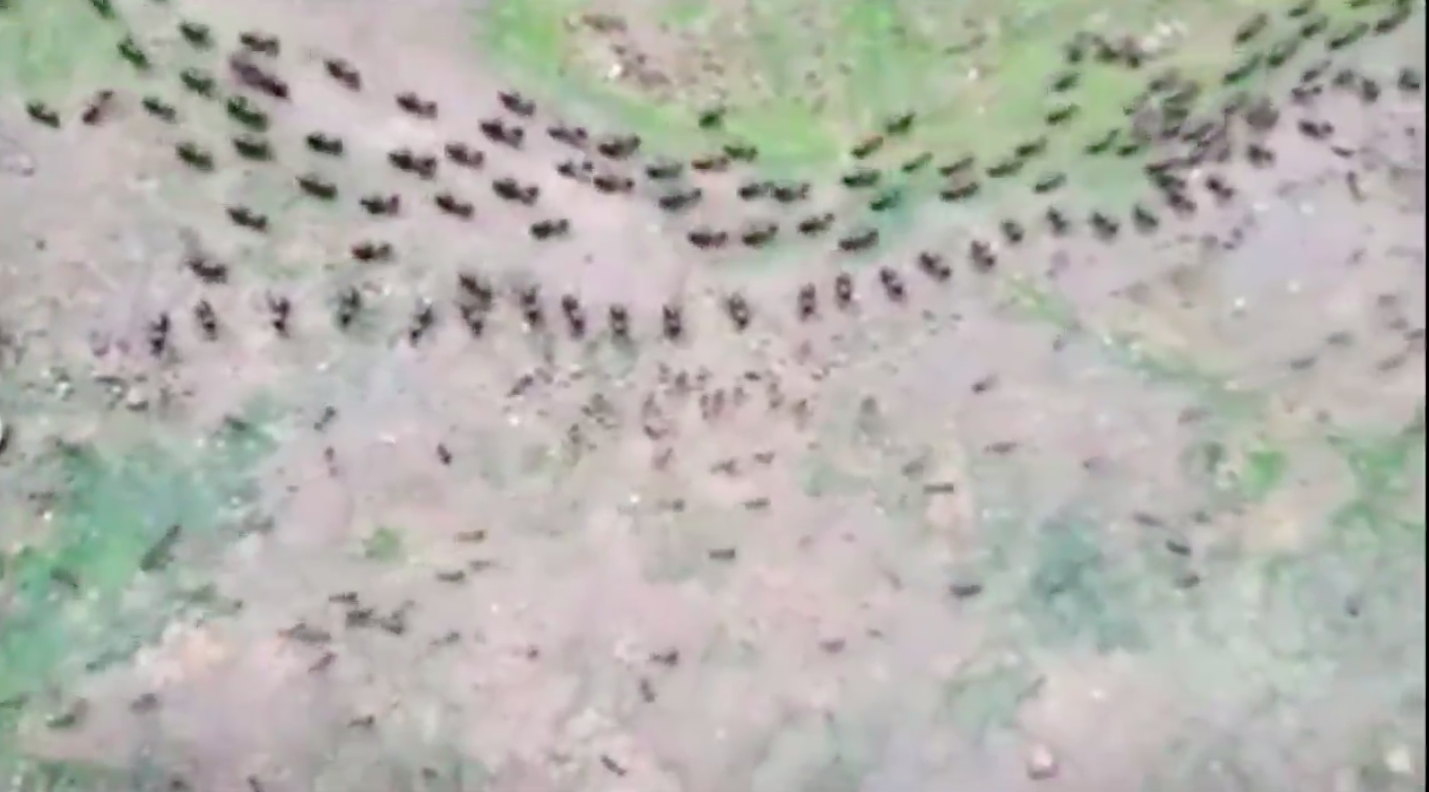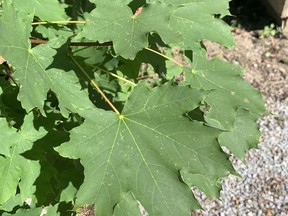A popular video shows two separate lines of insects, one made up of ants and the other made up of termites, in what is known as a defensive “stand-off”. A caption attached to the video says that a “trail of termites and one trail of ants” is being protected by a number of soldiers at a “distance”. At the time of publication, the video had been shared on Reddit and received more than 2,000 comments. A Twitter post had similarly received more than 40,000 views.
Amazing: a trail of termites (above) and a trail of ants (below), both protected by a number of their soldiers in a stalemate without fighting.
by @ mehdi_moussaidpic.twitter.com/4ULo2idgH4
– Lionel Page (@page_eco) January 27, 2020
Snopes spoke to Brian Fisher, an entomologist and ant expert with the California Academy of Sciences, who said the footage appears to be real and added that he had observed similar behavior. The video shows “major highways” or “trunk roads” – the top is the termite highway and the bottom is the ant highway, the latter can last for days.
“For the ants, the highway is used to transport food back to the nest. Since these goods are valuable, the roads are protected. In particular, the ants defend the trail from other predators that can eat the ants or steal the food, but also from disturbances that disturb the flow of ants, ”explained Fisher.
“A clutter of termites running through your freeway is going to create quite a traffic jam and costly slowdown.”
Fisher believes the ants are Asian marauding ants (Carebara diversa) and that the video was likely shot in Southeast Asia. Colonies of C. diversa can consist of 250,000 individuals and include small laborers and larger soldiers, the latter known to carry their smaller comrades, among others. The termites in the video are believed to be Longipeditermes longipes, a species endemic to Southeast Asia known for its unique defense strategy. When a disturbance or threat is perceived, the soldiers ‘termites organize themselves into two flanking lanes to defend an inner central lane so that the workers’ termites can continue their work.
“All ants and social insects communicate using chemical ‘words’ called pheromones – think of perfume. For a social system to work, there has to be some way of communication, ”said Fisher.
Ants, termites, and other social insects communicate using chemical signals to gather food, build their nests, or defend themselves against territorial disputes. Fisher referred to a 2009 report published in the Encyclopedia of Insects that described this behavior as “cooperative defense” to address threats. When a threat is detected, individual ants or termites discharge a trail of pheromones from specialized glands (the exocrine gland in ants and the sternum gland in termites) as they move from area to area. These pathways not only allow individuals to communicate within their own species, but those left behind by other insects also signal the different smells of competitors.
Although ants “love” termites, Fisher adds that L. longipes has “nasty chemical defenses” that the ants keep their distance. In addition, the formation of a trunk path means that the ants are “focused on commuting” and return to the nest with the food they have collected.
Many species of termites and ants have developed a number of unique – and equally bizarre – defense mechanisms to protect themselves. Soldier termites are known to bring their eldest individuals to the front lines in defense against carnivorous ants. This was the result of a study published in Biology Letters. As the name suggests, a species of ant known as Colobopsis explodens was referred to as “exploding ants” because it can sacrifice itself in combat by “breaking its guest” [an abdominal section] and share sticky and lovely content … to kill or fend off rivals. “
Ants have also come up with interesting hacks to make their lives easier. Some species have been found to transport large millipedes and earthworms by forming chains of more than 50 individual worker ants. African weaver ants, named for their ability to build nests, bend leaves into place and then tie them together by holding and manipulating silk-producing larvae to “weave” nests together.









